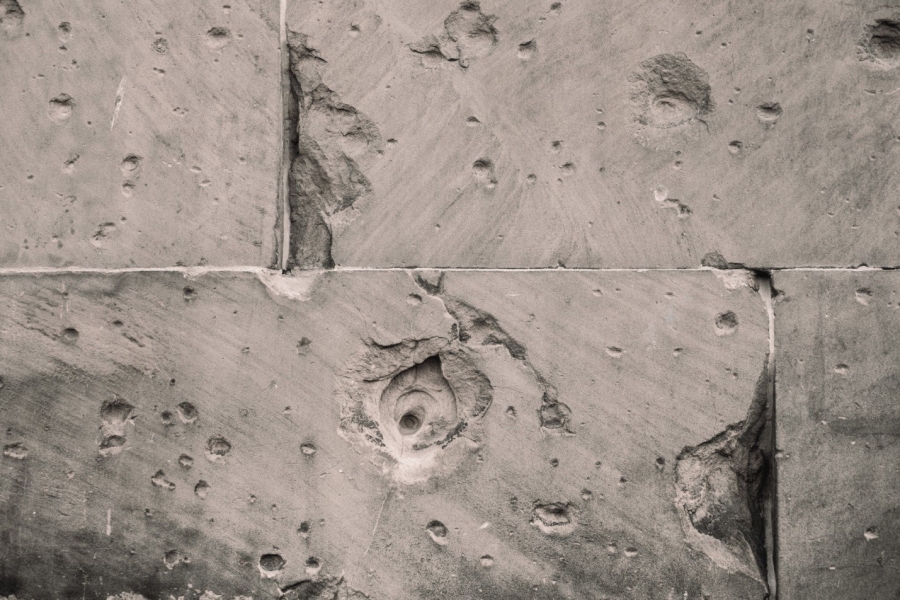
A Guide to All the Different Types of Concrete for Residential Use
Originally posted on https://realtytimes.com/listings/item/1031959-a-guide-to-all-the-different-types-of-concrete-for-residential-use
With all the different types of concrete out there, it may be hard to choose one for your home. Click here to learn the types used in residential projects.
Are you working on a home improvement project to make sure you provide a comfortable setting for yourself and guests? Does this project involve choosing the right concrete for your foundation?
If so, then you’ll be happy to know that there are different types of concrete that you can choose from. These options come in handy for different settings and use different elements to provide a smooth surface to walk and stand on.
With our knowledge of home improvement, you will be able to complete your home project in your image.
Here is a guide to all the different types of concrete for residential use.
With all the different types of concrete out there, it may be hard to choose one for your home. Click here to learn the types used in residential projects.
Are you working on a home improvement project to make sure you provide a comfortable setting for yourself and guests? Does this project involve choosing the right concrete for your foundation?
If so, then you’ll be happy to know that there are different types of concrete that you can choose from. These options come in handy for different settings and use different elements to provide a smooth surface to walk and stand on.
With our knowledge of home improvement, you will be able to complete your home project in your image.
Here is a guide to all the different types of concrete for residential use.
1. Standard in Different Types of Concrete
Some options for smooth cement are able to find a balance between saving you money and giving your residence the appearance that you desire. A prime example of that is standard concrete, which is usually composed of fine material such as gravel, sand, and water.
These materials are also known as aggregates, with exposed and honed aggregates being popular examples. The goal here is to shake the air bubbles out of the concrete mix so that you can avoid cracks and collapses in the future, thus allowing your surface to stay smooth for as long as possible.
With services such as Decorative Concrete WA, you can use standard concrete for standard projects, such as a new driveway, walkway, and steps to the front and back doors. You can be a little more adventurous with this option by using it for a pool deck or pillars in different areas of the home.
2. Reinforced
Home projects can come in different shapes and sizes, and some require more work and types of concrete that can handle the situation. In this case, you will want to go with reinforced concrete, which is composed of a cement mix that the surface can handle a greater quantity of activity, as well as heavier objects.
While reinforced concrete can be made up of similar elements as its standard alternative, it can come in the form of concrete without gravel. Common elements of this option include glass, plastic fibers, tiny steel, and liquid acrylic to provide strength against higher levels of pressure.
You can use liquid limestone, polished overlay, and other forms of reinforced concrete for different projects, such as inground pools if you want to have a pool party at home, as well as if you need new, stronger walls on the outside of your house. This type of concrete is also helpful if you are working on insulated foundations and underground structures such as tunnels and root cellars.
3. Pervious
Home projects give you the ability to create a smooth and polished residence that can make an older house look good as new. However, it is important to consider how such options can prevent flooding and similar issues in case of rain or other storms, which is where pervious concrete comes in.
Water can run off smooth surfaces of standard and reinforced concrete and create erosion or flooding, which can be a problem if it builds up in areas that can sink. With the premix cement of pervious concrete, gas is created around the aggregates to give the water an exit.
You can use this option for projects ranging from gardens and lawns to patios and pool decks, as well as initiatives inside the home. This allows you to keep as many parts of your home dry and free of damage as possible, as well as save money on repairs.
Our Take
There are different types of concrete that you can use on your own or combine to make your dream residence come true. What you use will depend on the part(s) of your house that you want to update.
You can go with standard concrete for simple projects, as well as reinforced and pervious options for more daring assignments. With this guide, you can make concrete work for your needs.
Check out more of our residential expertise so that you can keep your home as comfortable and fun as possible.
